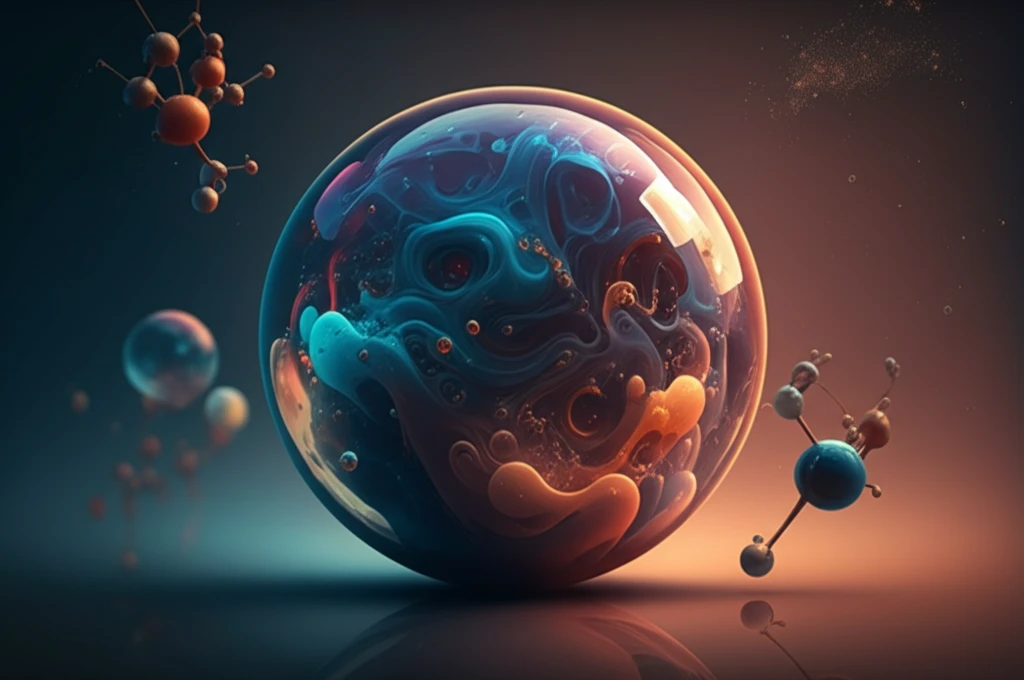
Decoding Liquid Mixtures: The Everyday Chemistry Shaping Our World
"Dive into the science of liquid mixtures, surface tension, and why understanding these concepts matters in your daily life."
Have you ever stopped to think about the science behind mixing liquids? It turns out that understanding how liquids interact at the molecular level can unlock insights into a wide range of phenomena, from the behavior of cleaning solutions to the creation of the perfect cocktail. This article explores the fascinating world of liquid mixtures, focusing on the concepts of surface tension and partial molar surface areas, bringing complex chemistry into everyday relevance.
At its core, the study of liquid mixtures examines how different liquids behave when combined. Unlike simple solutions where a solid dissolves in a liquid, liquid mixtures involve the interaction of two or more liquids, each influencing the other's properties. These interactions are governed by the forces between molecules, which determine everything from how easily liquids mix to the characteristics of their surface. When it comes to creating advanced cosmetic treatments and pharmaceutical applications, understanding the characteristics of mixtures is vital to product development.
Central to this field are the concepts of surface tension and partial molar surface area. Surface tension describes the force that holds the surface of a liquid together, influencing phenomena like droplet formation and capillary action. Partial molar surface area, on the other hand, delves into how the surface area of a mixture changes when a specific component is added. This is important for understanding how liquids behave in mixtures and how their properties can be manipulated for various applications.
Unraveling the Mystery of Partial Molar Surface Areas

Imagine adding a drop of one liquid to another – what happens at the surface? The partial molar surface area (PMSA) helps us quantify this change. It represents the variation in the surface area of a liquid mixture when one mole of a component is introduced, while keeping temperature, pressure, and other components constant. While seemingly abstract, PMSA plays a crucial role in many areas, including:
- Cosmetics: Optimizing formulations for better skin penetration.
- Pharmaceuticals: Designing drug delivery systems.
- Industrial processes: Enhancing coatings and adhesives.
- Food science: Improving emulsion stability in sauces and dressings.
The Future of Understanding Liquid Interfaces
As our ability to probe molecular interactions increases, so too will our understanding of liquid mixtures. By continuing to refine our definitions and measurement techniques, we can unlock new possibilities across diverse fields. From designing environmentally friendly solvents to creating advanced materials with tailored surface properties, the future of liquid interfaces holds immense promise.
